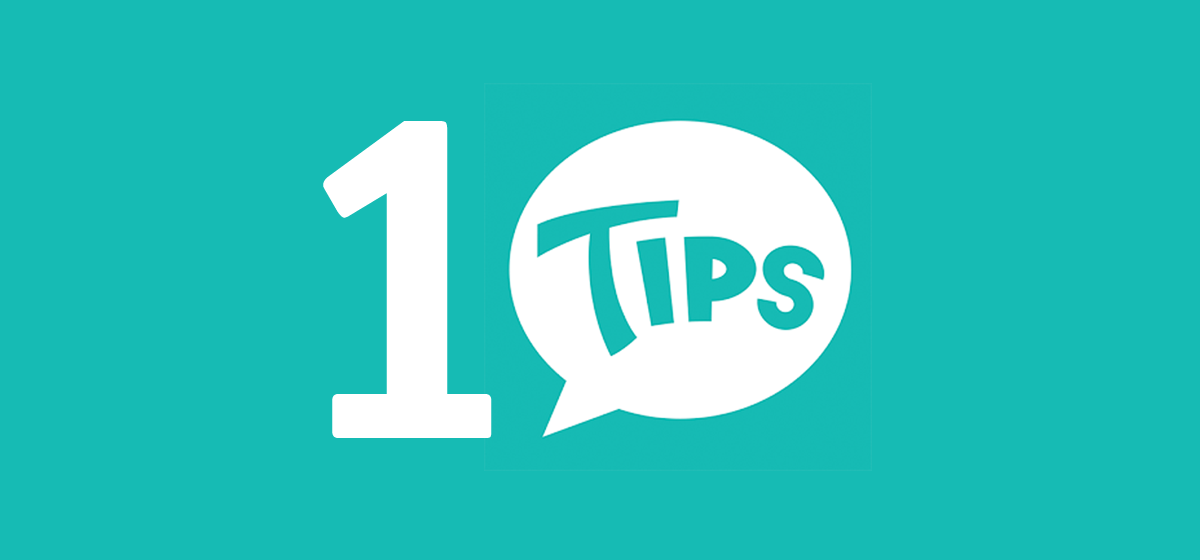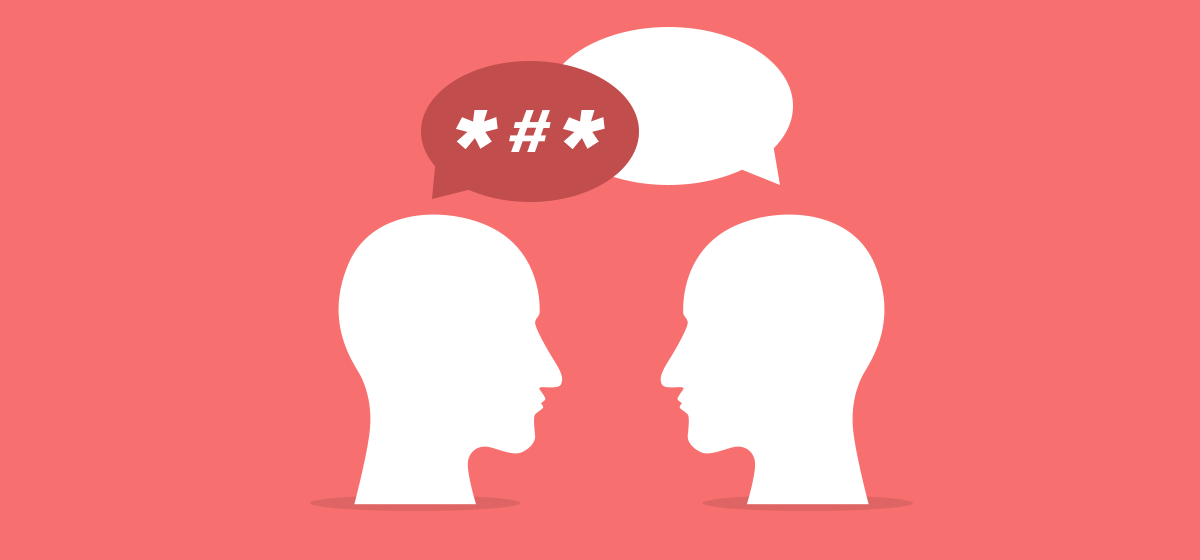
Epic Vs. Cerner: Which EHR System is Right for Your Healthcare Practice?
Efficiently unleash cross-media information without cross-media value. Quickly maximize.Efficiently unleash cross-media information without cross-media value. Quickly maximize.Efficiently…


